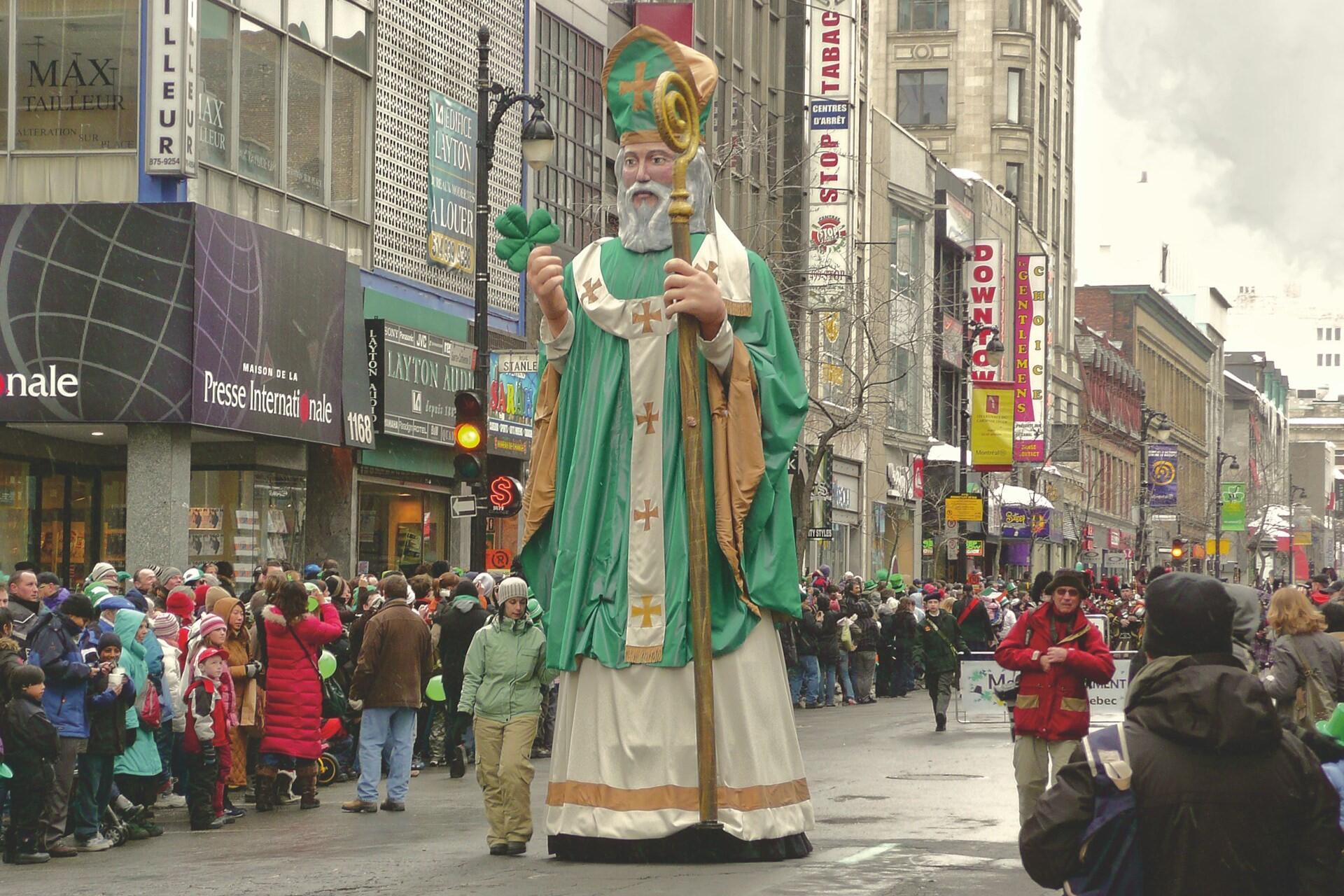Every 17th March, people across the globe gather to celebrate St. Patrick's Day. This holiday can include parades and celebrations of Irish origin. However, there's a complex history of faith, myth, and Irish culture behind the modern celebrations of parades and wearing green. Originally a religious feast honouring the man who brought Christianity to Ireland, St. Patrick's Day is now a global celebration of Irish heritage. Let's explore the legend, the symbols, and what it means today.

Who Was St. Patrick? The Life and Legacy of Ireland’s Patron Saint
Most people will know St. Patrick as the patron saint of Ireland, but his life is more the stuff of legend and mystery and an important part of Ireland's history.
St. Patrick wasn’t Irish! He was born in Roman Britain and brought to Ireland as a slave before returning as a missionary to spread Christianity.
Patrick was born in Roman Britain in the late 4th or early 5th century. At the age of sixteen, Irish raiders or pirates captured him and took him to Ireland as a slave.
During his time in Ireland, he worked as a shepherd, turning to Christianity for comfort and strength. Eventually, he escaped back to his family and entered religious training.
St. Patrick felt a call to return to Ireland, which was pagan at the time. He's credited with converting many Irish people to Christianity and establishing churches.
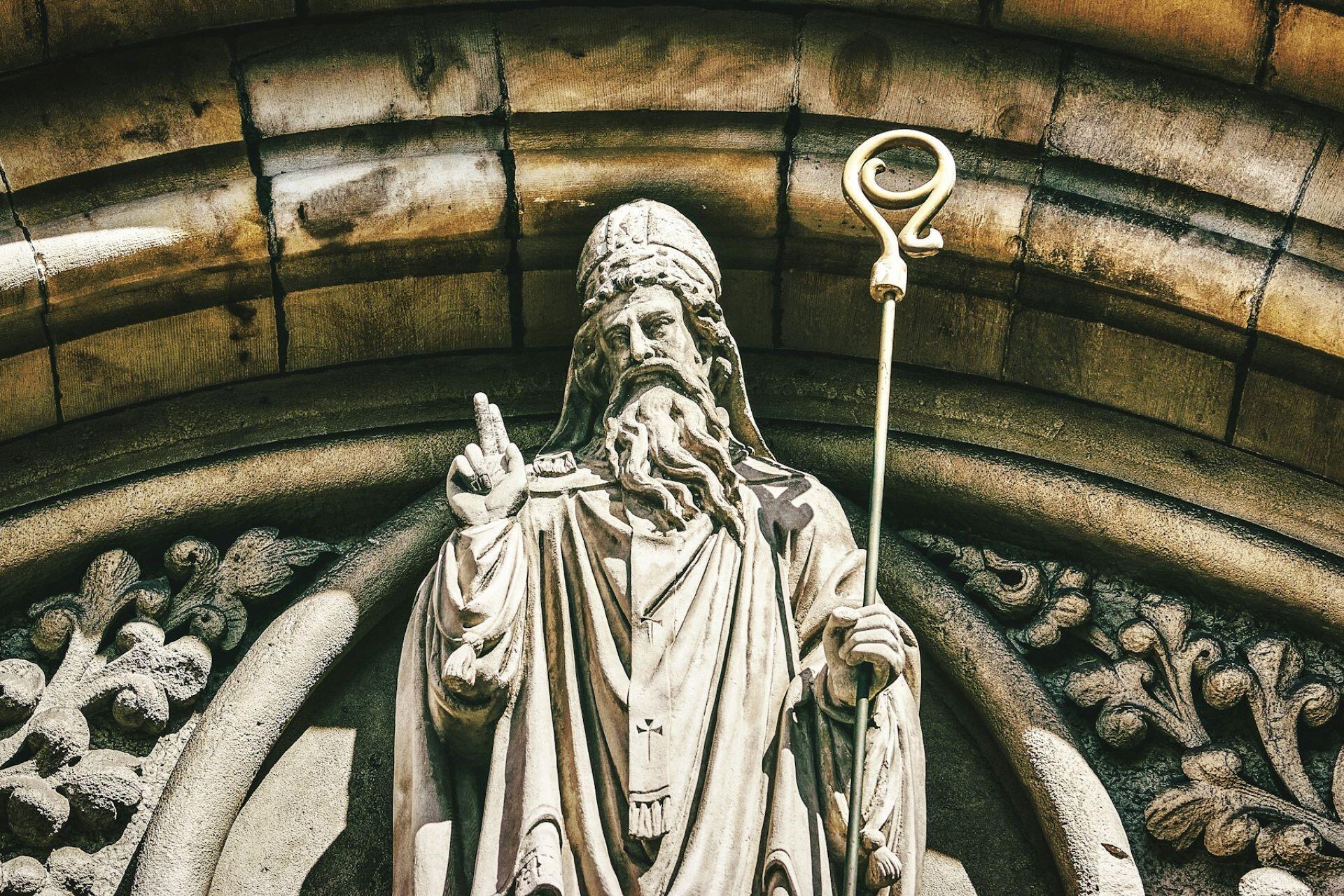
He wasn't the first or last Christian missionary in Ireland, but his work will be remembered for laying the foundation of Ireland's transformation into a deeply Christian nation.
St. Patrick died on 17th March, so this date honours his memory.
Christianity in Ireland: St. Patrick’s Role in Spreading the Faith
It's hard to imagine Ireland as anything other than a Christian nation. However, when St. Patrick was there as a missionary, the island comprised tribal kingdoms with pagan beliefs and Druidic traditions.
It wasn't an easy mission. Patrick was a central figure in the country's Christianisation. He preached, conducted baptisms, founded churches, and helped establish a lasting Christian presence.
St. Patrick's main focus was Armagh, which would become the religious capital of Ireland. He strategically converted Ireland by working with local chieftains first, who would then encourage their people to adopt the faith, too.
Christian beliefs in Ireland blended with local customs, creating a unique Celtic Christianity. It's thought that he used symbols familiar to the Irish people when explaining Christian concepts, such as the shamrock, which represents the Holy Trinity.
Myths and Legends: Did St. Patrick Really Drive Out the Snakes?
We've covered St. Patrick's history, but when people talk about his stories, they don't discuss him converting chieftains in Armagh. Instead, they talk about him driving snakes out of Ireland.
Understandably, the story of St. Patrick and the snakes is a myth. There's no evidence that snakes existed in post-glacial Ireland. The cold climate and separation from mainland Europe make it unlikely that snakes existed in Ireland anyway.
It's more likely that the snakes symbolise evil or paganism. The myth is a nice way to explain St. Patrick's efforts to spread Christianity, eradicate pagan beliefs, and create an image of Patrick as a miracle-working saint, a heroic national figure, and someone believers can rally around.
The snakes story isn't the only one, either. Patrick has many stories about him, such as using the shamrock to explain the Holy Trinity, tales of bringing people back from the dead, and stories that are far more folklore than fact.

The Symbol of the Shamrock: Meaning and Mythology
The shamrock has become an essential symbol for St. Patrick's Day and Irishness, particularly during the Irish struggle for independence. The legend claims that Patrick used the shamrock as a parallel for the Holy Trinity: the Father, the Son, and the Holy Spirit.
For those familiar with Christianity, this is a fairly understandable concept. For Irish pagans centuries ago, however, it's a fairly understandable way to explain three things being part of a larger whole, especially when it's something they'll regularly see in their everyday lives
Whether this actually happened or whether Patrick did it doesn't really matter. What matters is that this story took on deeper cultural and national symbolism over the centuries.
By the 18th and 19th centuries, Irish nationalists used the shamrock as a subtle symbol of resistance and pride, particularly under British rule, when Irish identity was discouraged or suppressed.
Symbols of St. Patrick's Day
The First Celebrations: How St. Patrick’s Day Began as a Religious Feast
We now know about the history and legends surrounding St. Patrick, but what about the day?
The death of St. Patrick occurred on 17th March, around the 5th century, and the Catholic Church marked the day as a solemn occasion, particularly in Ireland.
There are hundreds of saints and days on the Catholic calendar, but you'd agree that St. Patrick's Day is unique compared to many other religious holidays.
Initially, Irish Catholics, particularly those in counties closely associated with St. Patrick's life and mission, like Armagh and Down, did not officially add it to the Catholic Church calendar until the 17th century.
Local traditions shaped how the day was celebrated. Some regions held small festivals or fairs whilst others gathered for family meals and worship.
Irish emigration also meant that these celebrations would be celebrated all over the globe, each with its own unique touch.
From Church to Festival: How the Holiday Evolved Over the Centuries
Remember that St. Patrick's Day is ultimately a religious holiday. For centuries, it was a holy day of obligation in Ireland, with church services, family meals, and modest gatherings.
In the 18th and 19th centuries, the tone of the celebrations shifted, especially as Irish communities around the world celebrated the day in their own ways.
The day was a fairly subdued affair in Irish rural communities until the 20th century. In fact, pubs were closed on 17th March, and the focus remained firmly on celebrating mass and sharing meals.
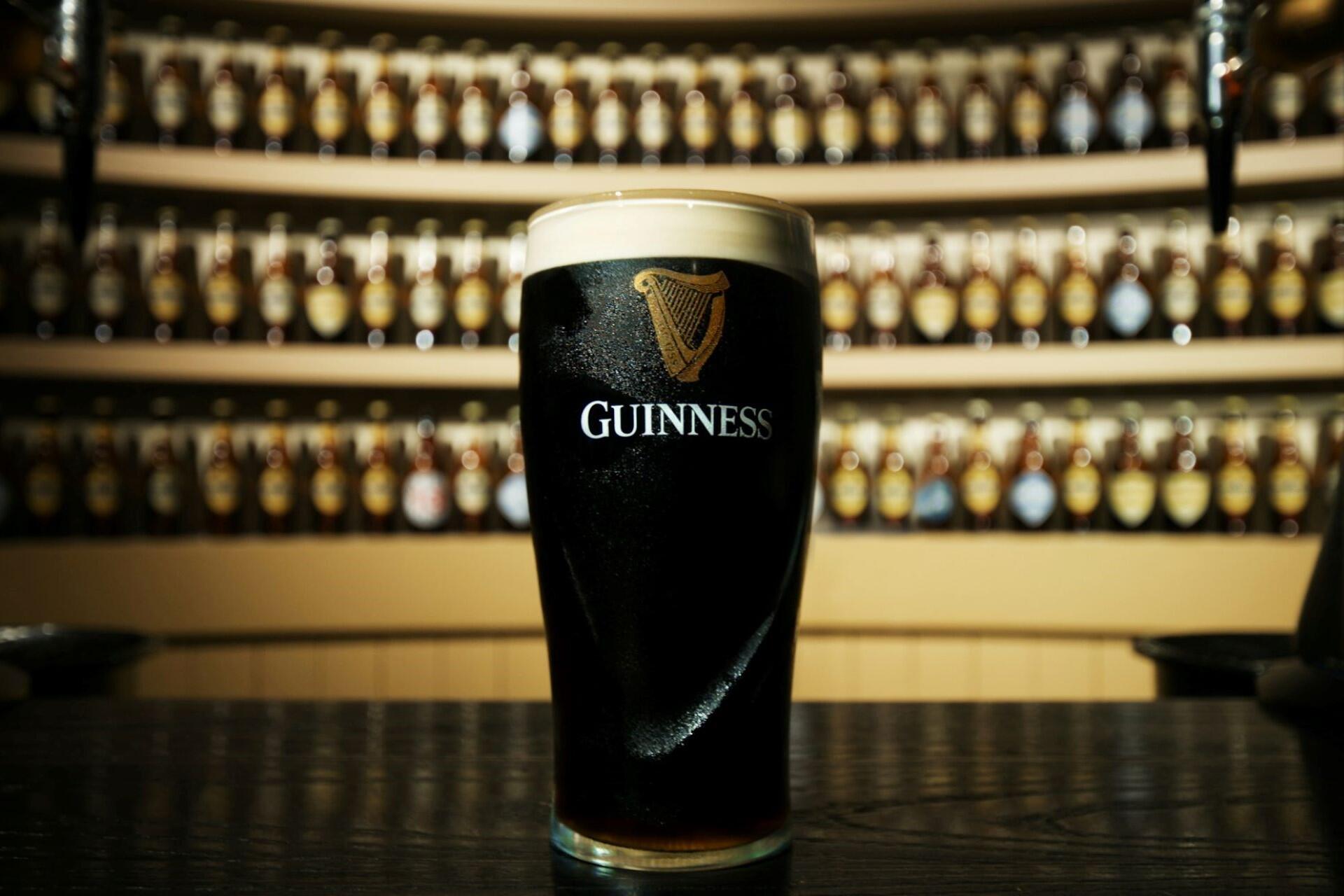
Growing Irish nationalism in the 1800s brought religious significance and cultural pride, as Irish people could reflect on their heritage, language, and identity under British rule.
Outside of Ireland, St. Patrick's Day was taking on new life, particularly in the United States, where Irish immigrants used it to express their communities and heritage, particularly after large waves of migration following the potato famine.
Parades, music, and public events slowly made their way into the celebrations, which would subsequently affect the celebrations back in Ireland.
Morning church services
Traditional meals
Local parades and music
Emphasis on heritage and reflection
Large public parades
Wearing green, costumes, parties
River dyeing (e.g., Chicago)
Landmarks lit up in green
In the late 20th century, the influence of tourism, media, and globalisation influenced a shift in how the day was celebrated. Cities like Dublin, Belfast (the capital of Northern Ireland following the partitioning of Ireland), and Cork now host large-scale events and parades that blend the religious tradition of the day with more modern celebrations, making St. Patrick's Day more about the man himself.
St. Patrick’s Day in Ireland: Local Traditions and National Pride
So, what does St. Patrick's Day look like when the man introduced Christianity?
While St. Patrick's Day is certainly rooted in Ireland, its celebrations are markedly different from those elsewhere in the world.
In Ireland, the day is one of both religious reflection and national pride. Ireland held on to the religious and cultural aspects of the day more tightly than any other part of the world.
Traditionally, the day began with church services, particularly in places associated with St. Patrick, such as Armagh, Downpatrick, and Dublin.
For Irish people, the day was about faith and family and was far quieter than how it is celebrated today.
The holiday started to evolve when pub restrictions were lifted in the 1970s. Cities began including parades, music, and cultural events.
Dublin, for example, now celebrates the day with multi-day festivals that include Irish music, dance, food markets, and performances.
Smaller towns and villages retain a more community-focused spirit, with parades, school performances, and events. It's common for people to wear green, display the shamrock, and enjoy traditional Irish meals.
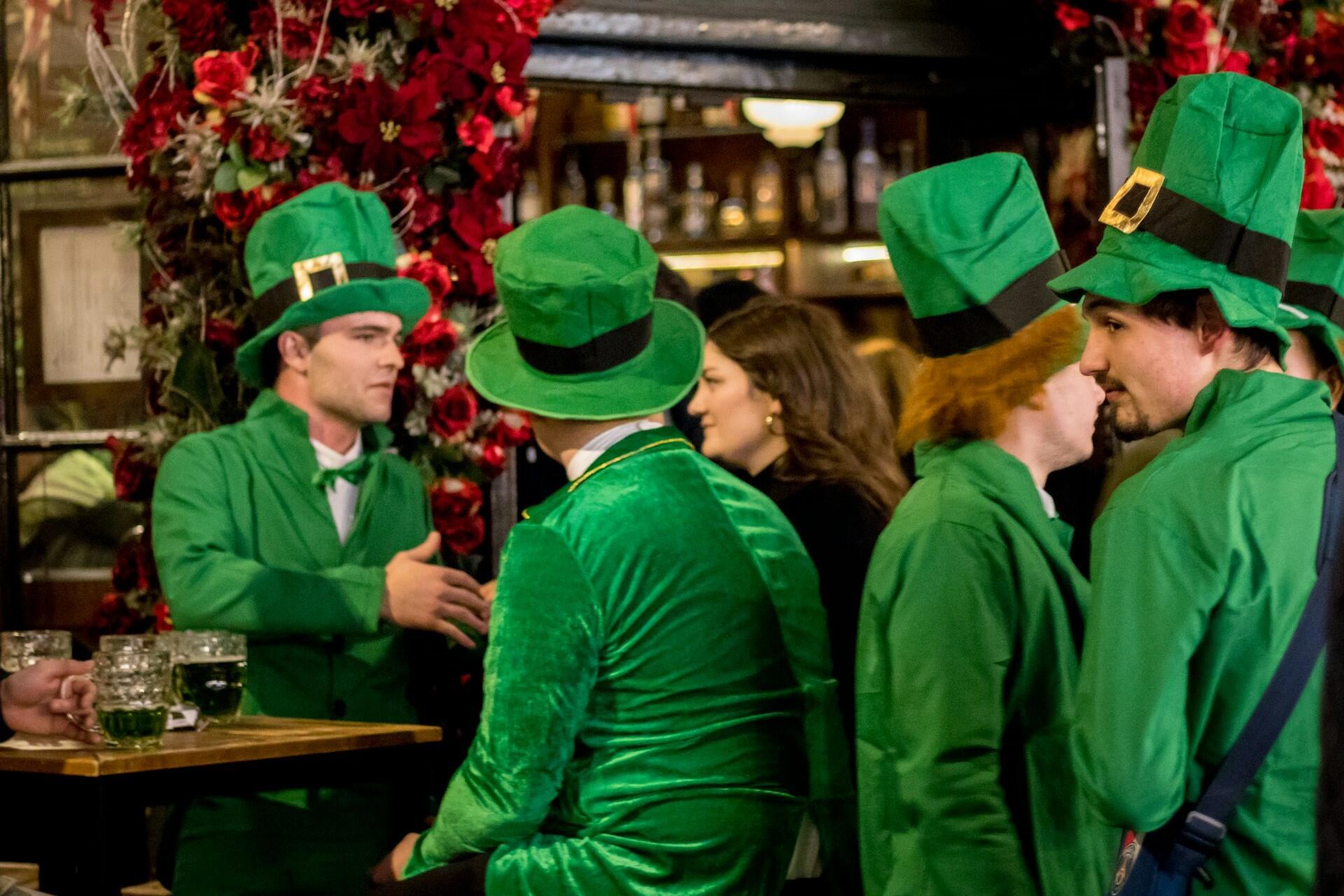
Global Parades and Green Cities: How the World Celebrates St. Patrick’s Day
For those outside of Ireland, St. Patrick's Day is likely imagined as a holiday celebrated in the way large cities in America celebrate.
However, St. Patrick's Day celebrations are held in cities with large Irish populations, such as New York and Chicago in the US and Tokyo.
around the world with events or parades.
The day has become a symbol of Irish pride for those with Irish heritage. Some of the largest St. Patrick's Day events take place outside of Ireland. For example, the city famously dyes the river green each year in Chicago.
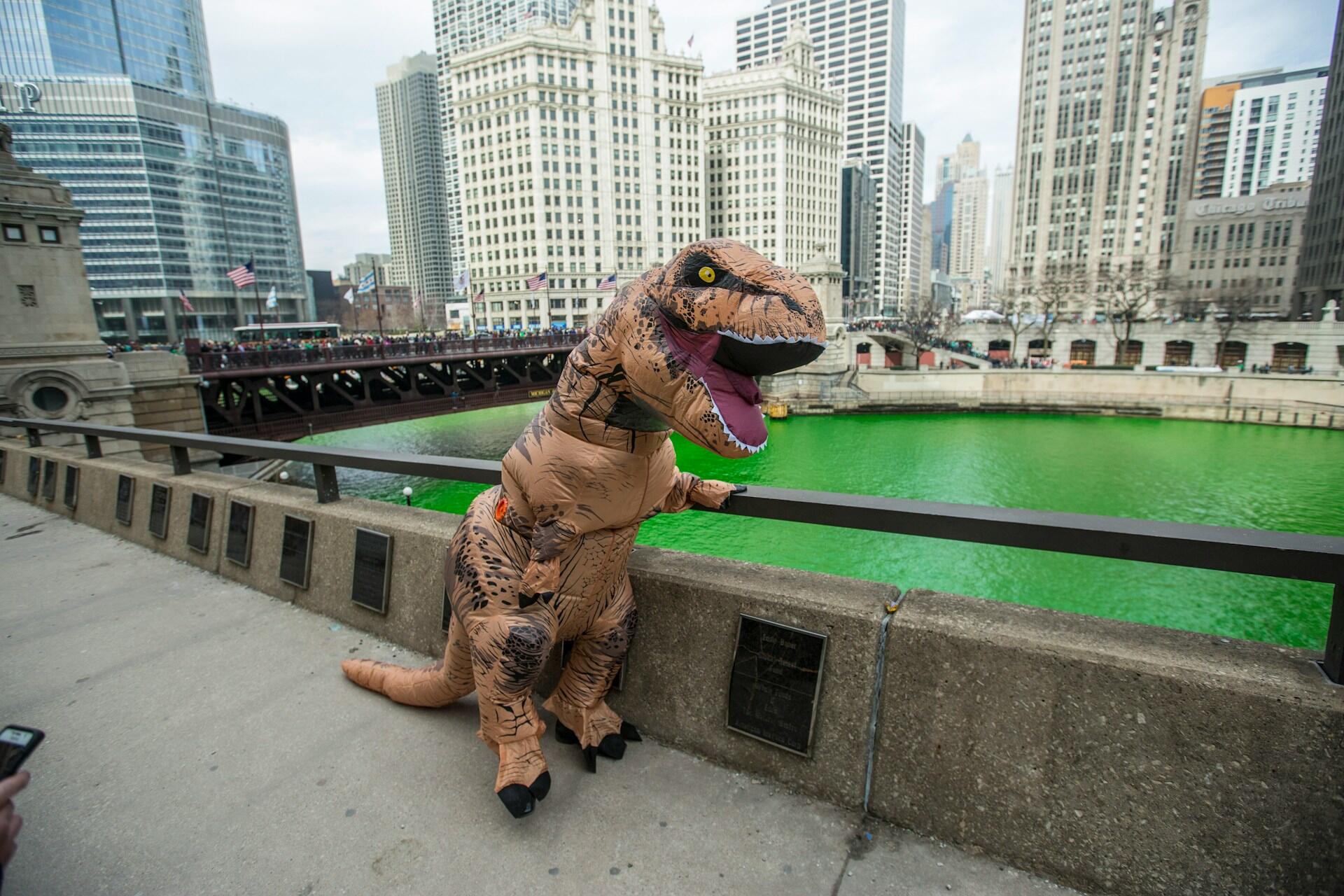
The annual St. Patrick's Day Parade in New York City is one of the largest in the world. Significant St. Patrick's Day events are also held in London, Boston, Buenos Aires, and Montreal.
Landmarks around the world have been illuminated green for the day, including the Eiffel Tower in Paris, the Sydney Opera House, and the Christ the Redeemer statue in Brazil.
Nowadays, St. Patrick's Day is a time when millions of people, Irish or otherwise, will likely wear green and celebrate in whatever manner suits them best in their respective places in the world.

